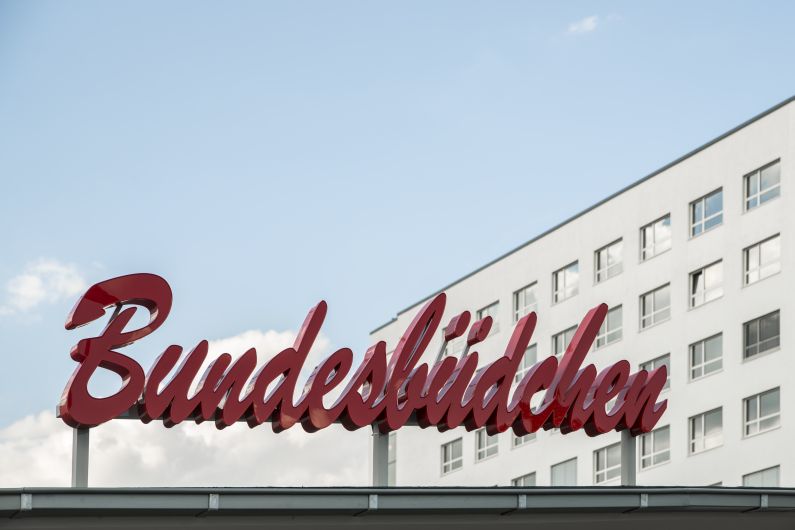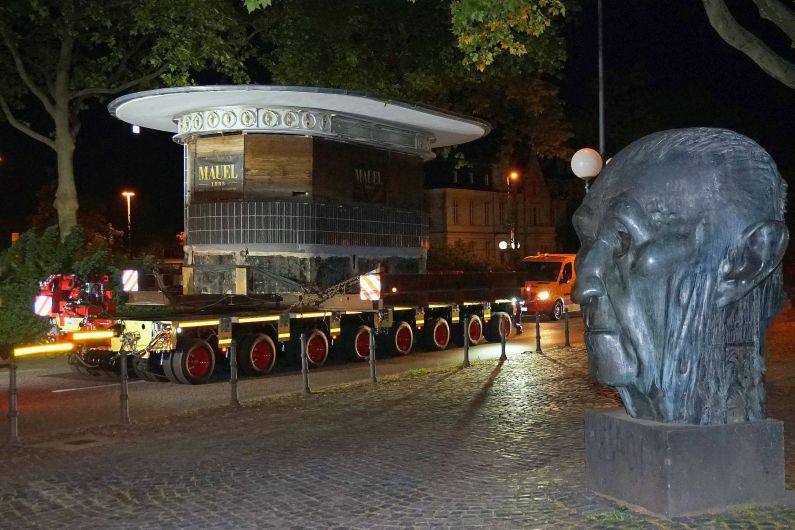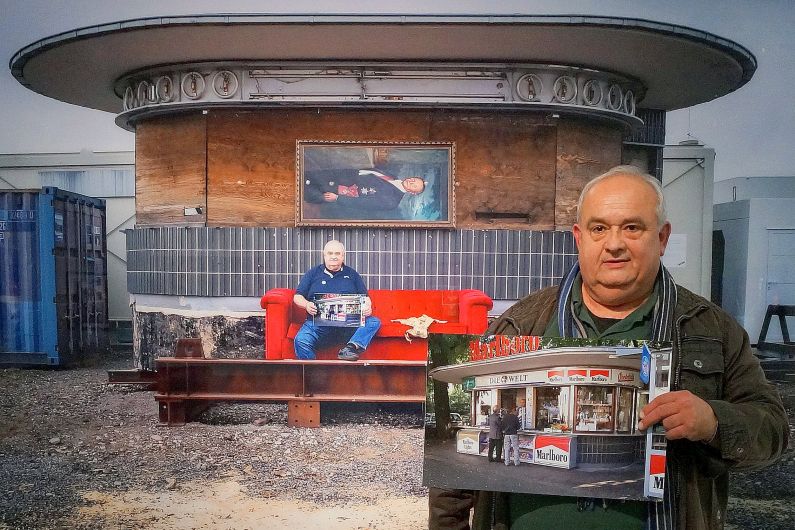The Bundeshaus (Parliament Building ) with the Bundesrat (Upper House of Parliament), the Bundestag (Lower House of Parliament) and the office tower of the Members of Parlimament (“Langer Eugen”), the Chancellery as the seat of government and the Villa Hammerschmidt as the official residence of the head of state – all buildings that one immediately associates with the political history of the Federal Republic, and of course, they are also its architectural landmark.
After the move to Berlin in 1999, however, another place has come to seen as the “symbol of the Bonn Republic”: an inconspicuous 1950s pavilion-style kiosk located on the street corner opposite the Bundesrat until construction of the new Congress Centre began in 2006.
The kiosk was run by a woman named Christel Rausch, who waited for customers with a fruit cart on Görresstraße, even in the early years of the Republic. The war widow who came from Landskron in the Sudentenland was happy to secure her livelihood this way and stood outdoors in all types of weather.
The cart became a shed. Eventually, the shed gave way to a mobile sales trailer. In 1957, Christel Rausch was finally allowed to build a pavilion-style shop. Newspapers, magazines, cigarettes and bread rolls and other things were sold here.
The kiosk – “Bundesbüdchen” (Federal Kiosk) as the people around Bonn said – became a place for casual encounters, short conversations and unofficial meetings of politicians, their staff, journalists and visitors – unpretentious and human. “That's just how Bonn was like,” former Labour Minister Norbert Blüm said of the kiosk: “Not pompous. A lovable republic.”
The kiosk is not least a nostalgic place.


